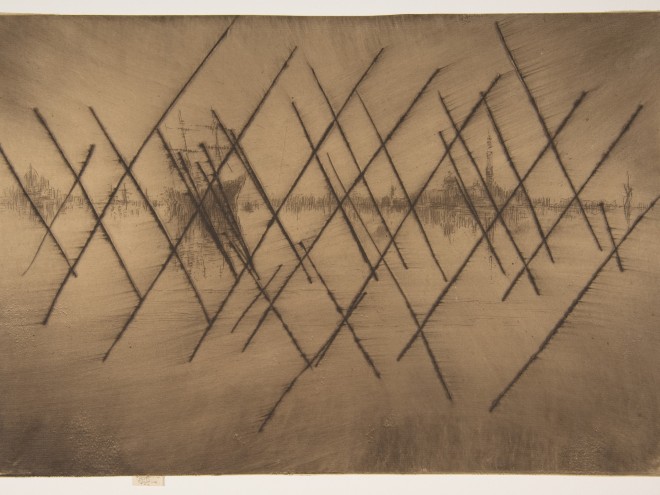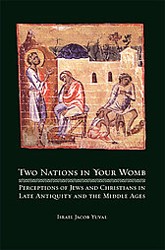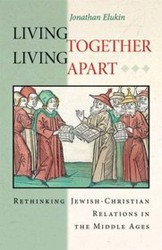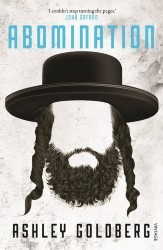Catherine Fletcher’s The Beauty and the Terror explores the causes and consequences of what has traditionally been considered the Italian Renaissance of art and culture, between 1492 and 1571. By looking at the Renaissance from a lens of cultural and religious integration, The Beauty and the Terror pieces together the multi-faceted world that birthed this period. Beginning 200 years prior to 1492, Fletcher illustrates how wars, Inquisitions, trade from the so-called “New World” to the Silk Road, Papal power shifts, underestimated women, and even pornography all played a part in creating the right environment for the Renaissance to occur.
Though often referred to as the “Italian Renaissance,” Fletcher clarifies how crucial surrounding city-states and countries were in influencing this time period, with an emphasis on the power in the Vatican. Understanding the familial and political landscape of the time (having Cardinals and Popes with ties across Europe), created a tangled web that high ranking artists were forced to navigate, as this period also marks the shift from a system of artists working for households and masters, to being associated with their works by name.
Additionally, the impact the Italian Wars had on the Renaissance is heavily discussed. Italy wasn’t a united country at the time, and while those from the area were referred to as Italian abroad, it was really a loose collection of city-states. Therefore, the power of the Papacy also played a monumental role that Fletcher describes with vivid detail.
Offering new insights into the techniques and experiments that artists of the time, like Leonardo Da Vinci, were developing, Fletcher incorporates tidbits of the artists’ lives previously unknown to many – such as Da Vinci’s time in Milan designing artillery. Part of the mastery of this book is the contrast it draws between what’s now considered classic art and the actual daily unrest and trauma that led to its creation. Fletcher provides enough context of the power shifts in government and religion within the previous couple of decades to establish a useful baseline for the reader to understand the Renaissance.
Going further than its predecessors, however, The Beauty and the Terror also adds a modern perspective on the realities of a diverse and varied society – in ethnicity and religion – that has been lacking in much literature of this genre. Lovers of art history will appreciate the glossy color insert featuring paintings, sketches, and frescoes, many of which are considered classics of this era, and will take great joy in reading such a detailed exploration of the many historical components that led to this explosion of rebirth.
Rebecca Zaretsky works primarily with children and adults on the Autism Spectrum and volunteers heavily in her local Jewish Community. She has a Bachelor’s degree in the study of Humanities, primarily visual arts and literature.





